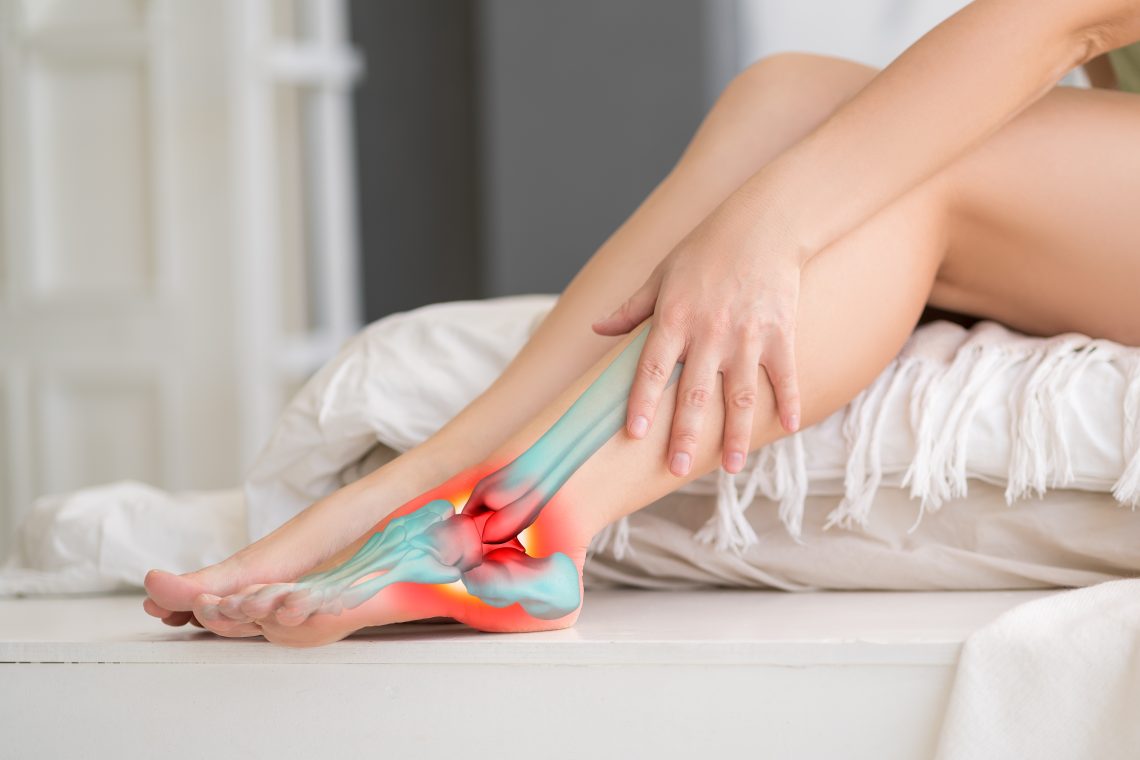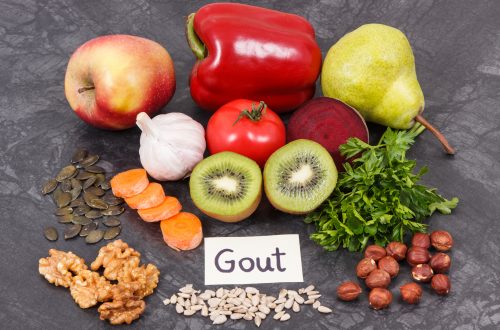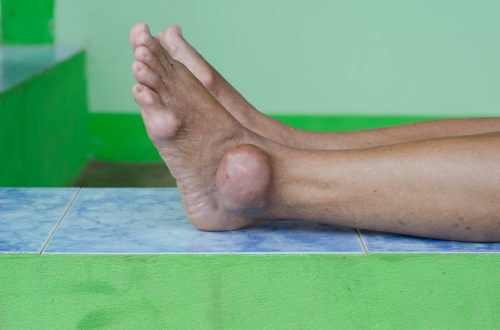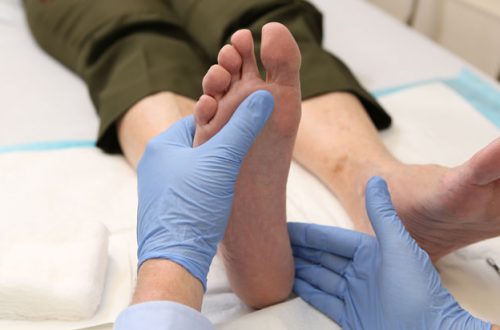
What are the Symptoms of Gout?
Gout is a metabolic disorder that results in the formation of uric acids crystals in the joints. It is clinically characterized by an acute crisis with very painful joint inflammation. Monoarticular can affect one joint, such as the metatarsophalangeal and big toe joint. Oligoarticular may affect 2-4 joints. Polyarticular will affect 5 or more.
In this Channel you can learn all about Gout: Gout Home Remedy
What is Gout?
Gout is an acute inflammatory condition that can cause severe pain and functional impotence, making ambulation difficult or impossible. Gouty arthritis can become chronic and debilitating if it is not treated or managed properly. It can also cause severe and persistent inflammatory flares that can lead to very painful and often disabling symptoms. Gouty arthritis, which affects approximately 1-2% of adults living in developed countries1, is the leading cause of joint inflammation.
We know that hyperuricemia plays a critical role in the development and progression of gouty arthritis, as Garrod and Mahomed observed the relationship between gout and hyperuricemia in the early 19th-century. 3,4 Gouty arthritis is mainly due to a defect of urinary excretion. However, in about 20% of cases, the cause is an excess of uric acids, which crystallizes in the supersaturated synovial liquid of the periarticular environment. Monosodium urate crystals in gouty arthritis are the trigger that activates and prolongs an inflammatory response via inflammasomes, interleukin (IL), 1b5,6 and other pathways. Acute inflammation usually occurs in the articular and periarticular structures such as bursa or tendons.
Gout attacks are often severe and can cause redness, swelling, heat, and pain in the joints. These symptoms usually disappear within days. Tophi, or soft nodules, can form in the area of friction. Later bone erosions may occur.
Here you can learn about vital natural remedies to prevent Gout: Home Remedies For Gout
There are Risks
Excessive levels of uric acid in your blood can cause gout. These crystals form in the joints. These crystals can be very irritating and can cause inflammation of the joints (i.e. The joint becomes red, swollen, and painful. Gout is very common and affects more women than men. It also becomes more common with age. Gout can be caused by drinking alcohol, eating red meat, organ meats (such liver and kidneys) and certain medications.
Signs
Inflammation of the joint can cause symptoms. Most common symptoms include severe pain in the joint, redness and swelling, as well as difficulty moving the joint. Attacks are frequent and often appear quickly. Gout can affect any joint, even the lower extremities.
The symptoms can be very different: Gout Symptoms
Diagnosis
The patient’s medical history and physical examination are used to diagnose the condition. To check for uric acids crystals, a fluid sample from the affected joint will be taken at the doctor’s office. A blood test can be used to measure the level of uric acid present in the blood. However, gout damage can be detected by ultrasounds and x-rays.
Gout often appears on the hand: Gout Hand
Treatment
Analgesic and anti-inflammatory medications such as acetaminophen and ibuprofen can be used to reduce pain and inflammation. You can prevent future gout attacks by making dietary changes and, if necessary, taking allopurinol. Allopurinol lowers blood uric acid.
Here you can purchase the best natural Treatment for Gout: Gout Treatment
Prevention
Avoiding alcohol and eating foods that trigger gout attacks (red meats, shellfishes, liver, kidney, and other organs) can help prevent gout. Some people find that losing weight is a good way to prevent future episodes.
A good diet is very important to prevent Gout: Gout Diet




